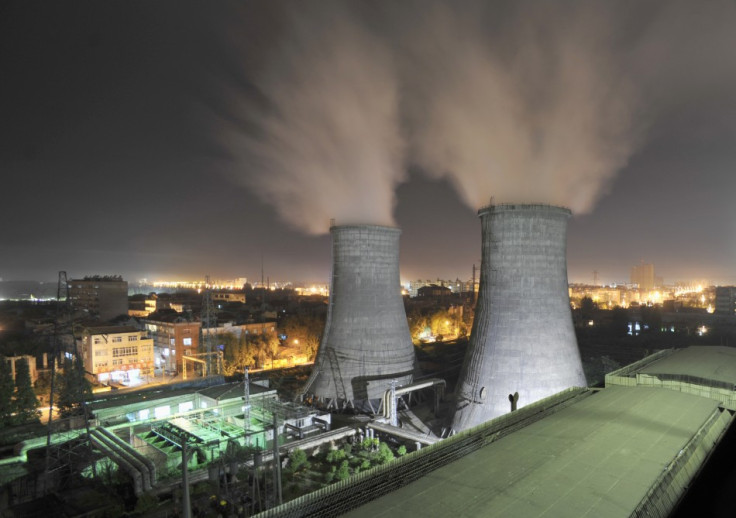Carbon Dioxide Converted into Fuel in Inexpensive Catalytic Method

In a process that does away with more expensive methods, scientists from the University of Illinois at Chicago have been able to convert waste carbon dioxide into syngas (synthetic gas) which is a precursor of gasoline and other fuels.
In other similar chemical-reduction systems, the only reaction product is carbon monoxide. The new catalyst produces syngas, a mixture of carbon monoxide plus hydrogen.
This is a big step towards industrialisation, the team said as it uses inexpensive materials to convert a waste gas like carbon dioxide to produce a fuel.
They did this by developing a unique two-step catalytic process that uses molybdenum disulfide and an ionic liquid to "reduce," or transfer electrons, to carbon dioxide in a chemical reaction. The new catalyst improves efficiency and lowers cost by replacing expensive metals like gold or silver in the reduction reaction.
The study was published in the journal Nature Communications on July 30.
The abundance of mobile electrons in molybdenum disulfide allows charge transfer, which results in reduction of carbon dioxide. The stable reaction can go on for hours.
The catalyst does not require any prompter or help from the host materials to get started on the reaction.
Unlike in the case of silver and gold, where catalytic activity is determined by structure of host material, with molybdenum disulfide the scientists had only to tinker with the edge structures to get better performance.
The proportion of carbon monoxide to hydrogen in the syngas produced in the reaction can also be easily manipulated using the new catalyst.
"Our whole purpose is to move from laboratory experiments to real-world applications. This is a real breakthrough that can take a waste gas — carbon dioxide — and use inexpensive catalysts to produce another source of energy at large-scale, while making a healthier environment," one of the scientists said.
© Copyright IBTimes 2025. All rights reserved.





















